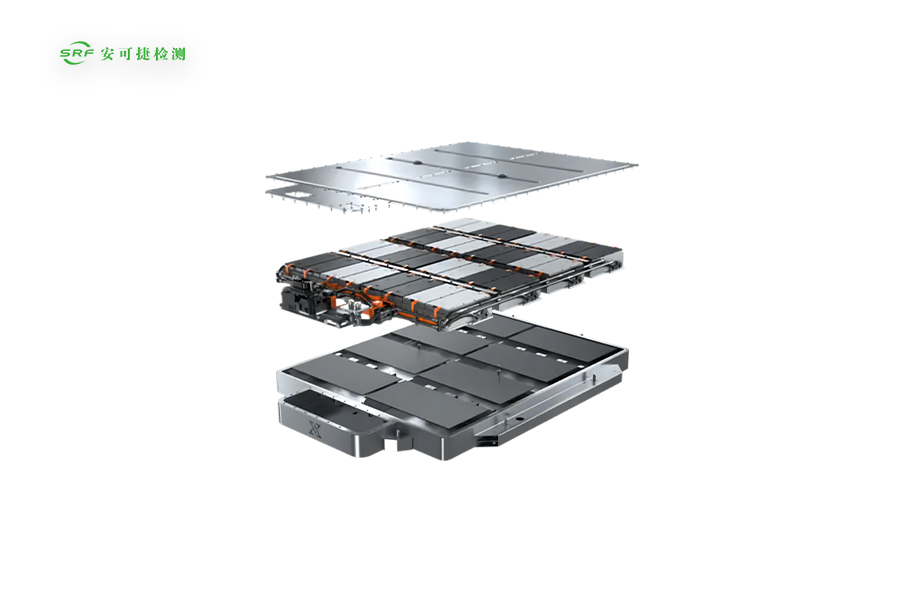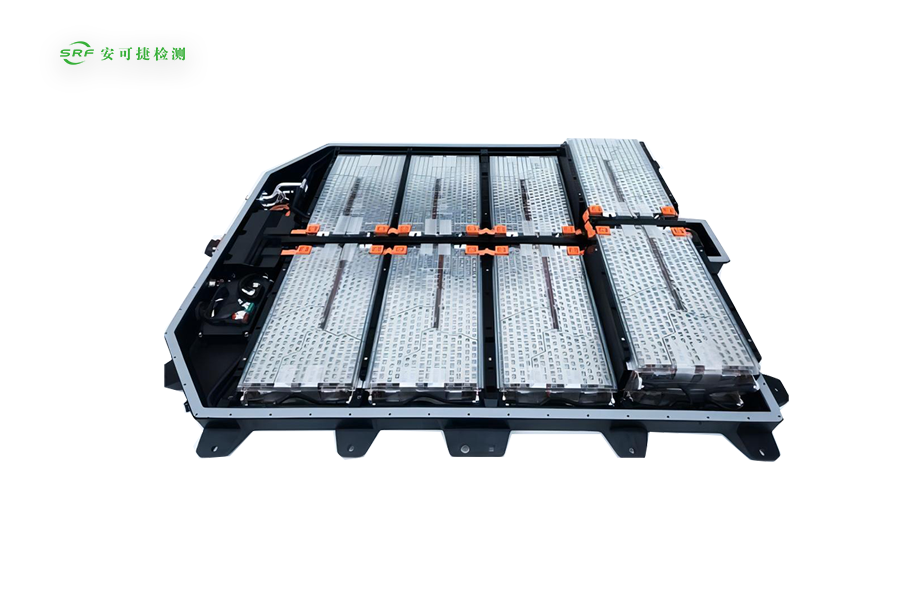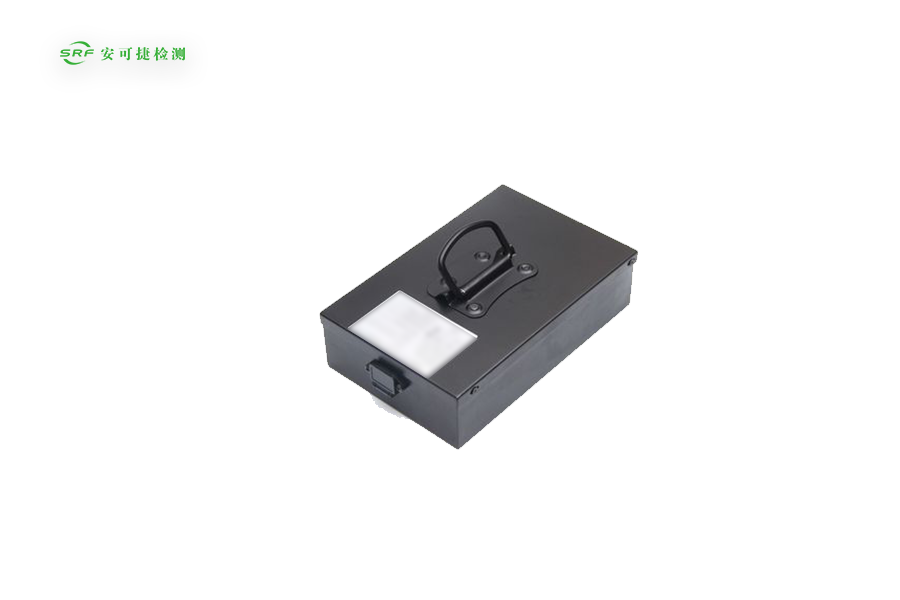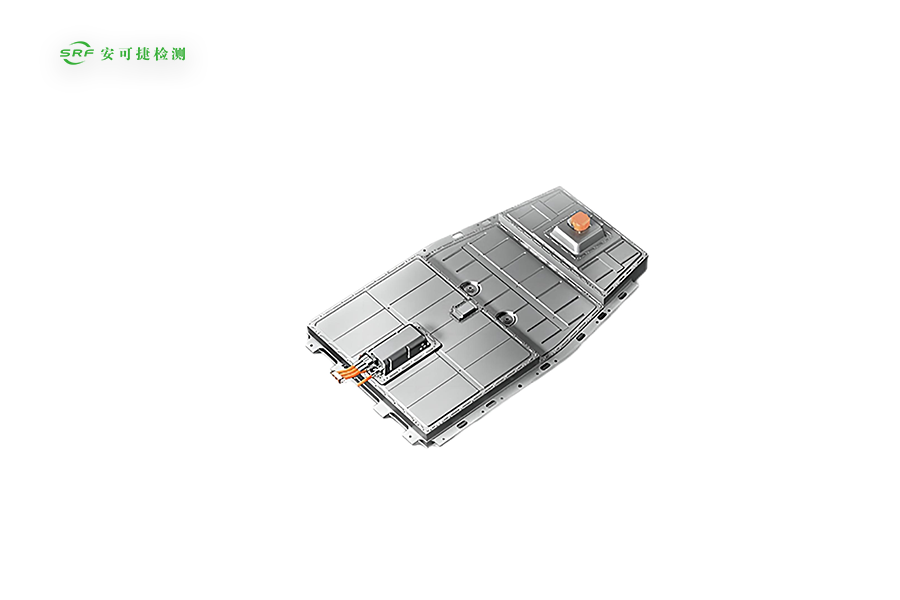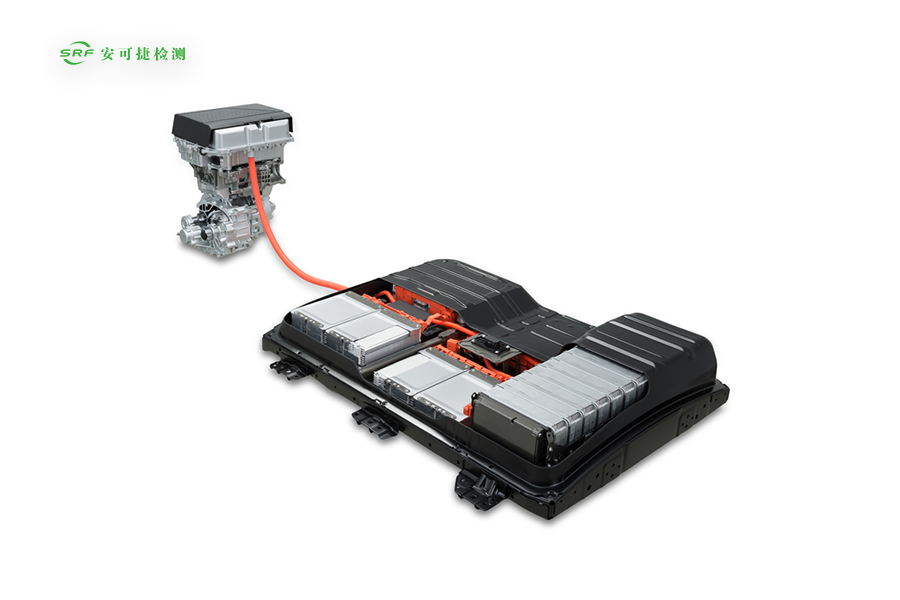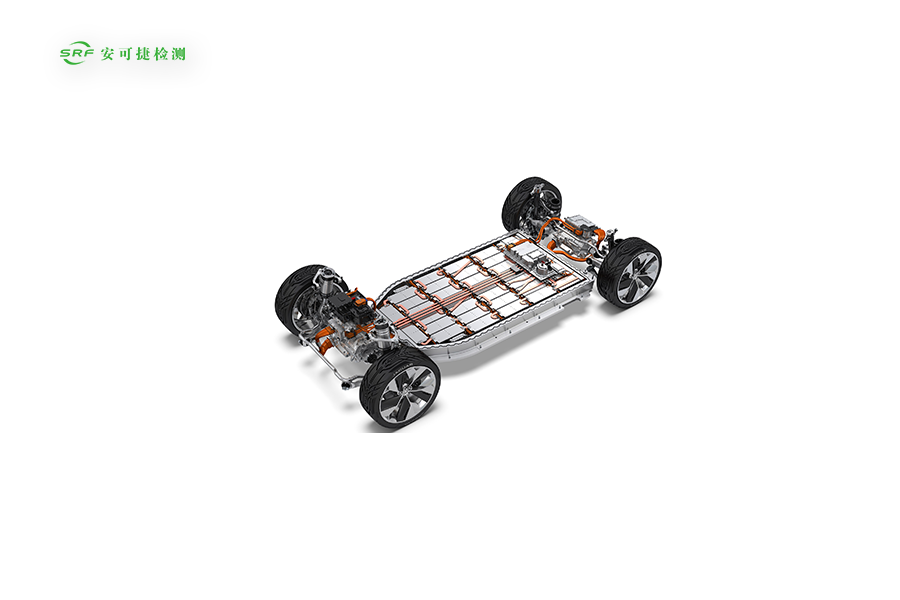Conductive Charging System for Electric Vehicles
Having legal effect
International credibility
Declaration on the same day
Real time progress tracking
1v1 full jury
5-star service experience
Electric shock protection test, cable extension component test, breaking capacity test, IP protection level test, plug-in force test, locking device and impulse current test of power battery-electric vehicle conductive charging system are important links to ensure the charging safety of electric vehicles.
Electric shock protection test:
insulation resistance test: Determine whether there is a risk of leakage by testing the insulation resistance value between various components in the conductive charging system of electric vehicles. Generally speaking, the insulation resistance value should be within a certain range to ensure the safety of the system.
Grounding test: Check whether the grounding of the charging pile, connecting wire and vehicle charging interface is good to prevent electric shock damage caused by current passing through the human body.
Leakage current test: test the leakage current value in the conductive charging system of electric vehicles, find and repair problems in time, and ensure the safety of the system.
Cable extension assembly test:
this test mainly focuses on the performance and safety of the cable lengthening assembly, including the conductivity, insulation and aging resistance of the cable, so as to ensure that the cable lengthening assembly can work stably and safely during the charging process.
Breaking capacity test:
for plugs and sockets and vehicle couplers, breaking capacity testing is a key link. This mainly examines their instantaneous overcurrent capacity, short circuit capacity and overload capacity under normal working conditions. Ensure that these components can cut off the current in time under abnormal conditions to prevent fire or electric shock accidents.
IP protection level test:
the IP protection level test is used to evaluate the protection ability of the connection device against harmful substances such as water and dust in the external environment. Ensure that the connection device can maintain stable performance under harsh environmental conditions.
Insertion and extraction force test: assess the ease of use and safety of the connection device by testing its insertion and extraction force. Too large or too small insertion force may affect user experience and charging safety.
Locking device test: test the reliability and durability of the locking device to ensure that the connecting device can be stably fixed between the vehicle and the charging pile during the charging process to prevent accidental disconnection.
Impulse current test: this test simulates the impact current that may occur during the charging process and evaluates the resistance of the connection device and the power battery system to the impact current. Ensure that the system can work stably and safely under abnormal conditions.
The above test items may need to be based on specific GB/T 18487 or other relevant standards to adjust and improve. At the same time, in order to ensure the safety and reliability of the electric vehicle conductive charging system, Ancogen recommends that these tests be carried out regularly, and corresponding maintenance and replacement work should be carried out according to the test results.

